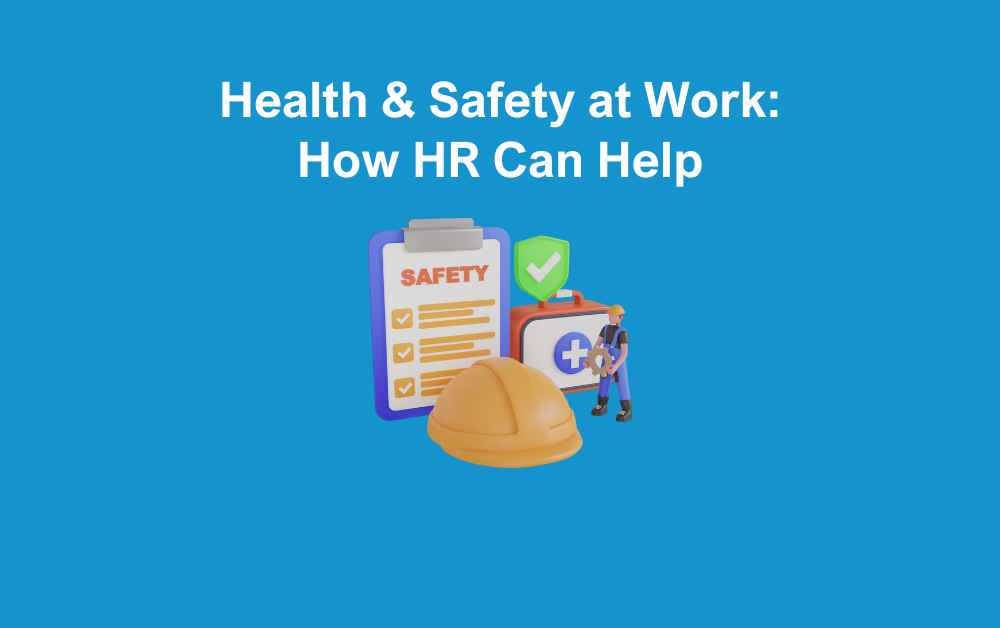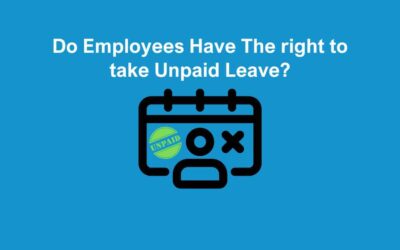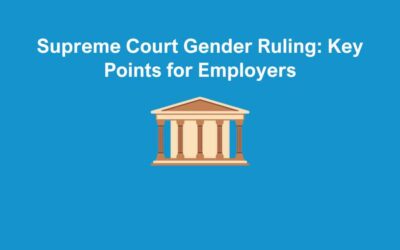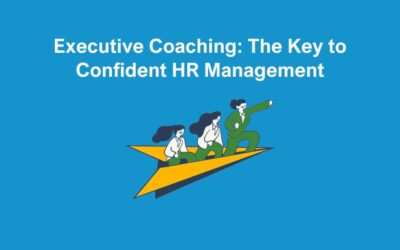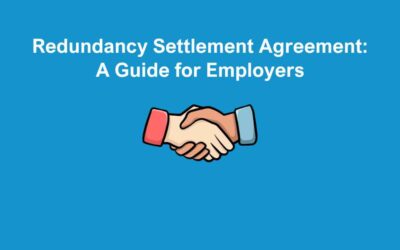As an employer, you have a legal and moral responsibility to ensure that health & safety at work is treated as a top priority. This means putting effective measures in place to identify potential hazards, reduce risks wherever possible, and create a safe working environment where your employees are protected from harm.
When it comes to creating a safer and healthier working environment, HR plays a vital role. Furthermore, we are perfectly positioned to champion safer practices, promote wellbeing, and ensure compliance with legal requirements. In this blog post, we explore the ways HR can lead the charge in improving health & safety.
Why Health & Safety at Work Matters
Health & safety at work is more than just compliance with legislation – it’s about safeguarding your team and creating a positive workplace culture. When employees feel safe, they are more likely to be engaged, productive, and loyal to the business. On the flip side, failing to prioritise health & safety can lead to accidents, absences, reputational damage, and even legal action.
This is where HR can play a vital role. HR professionals are uniquely positioned to champion workplace safety by embedding it into the company’s policies, culture, and day-to-day operations.
Health and Safety at Work Act 1974
The Health and Safety at Work Act 1974 is the primary piece of legislation covering occupational health and safety in the UK. It sets out the general duties that employers must follow to ensure health, safety, and welfare in the workplace.
Here’s a brief overview of what the Act expects from employers:
-
Provide adequate training so staff understand and follow health and safety procedures
-
Ensure appropriate welfare facilities are available for employees
-
Maintain a safe and properly managed working environment
-
Supply clear information, instruction, and supervision relevant to job roles
-
For workplaces with 5+ employees, keep a written health and safety policy and consult staff or their representatives on related matters. This is important when it comes to health & safety in work.
Health & Safety Responsibilities Beyond Employees
Safety responsibilities extend beyond just employees. Under the Act, employers also have a duty of care towards temporary and casual staff, subcontractors, partners, visitors, and even members of the public who may be on the premises for business purposes.
The Role of HR in Promoting Health & Safety at Work
Developing and Implementing Health & Safety Policies
HR teams are usually responsible for maintaining the organisation’s policies, including those related to health & safety at work. This includes developing clear, accessible policies on risk management, reporting procedures, and emergency response. Just as importantly, HR ensures these policies are well communicated to all staff and regularly reviewed to stay compliant with the latest legislation.
Training and Awareness
One of the most effective ways to improve health & safety at work is through training. HR teams can organise regular training sessions, induction programmes, and refresher courses to ensure that employees understand how to work safely, report concerns, and respond to emergencies.
Risk Assessments and Incident Management
HR can support line managers in carrying out risk assessments and ensuring that hazards are promptly reported and addressed. In the event of an incident, HR should be involved in investigations and follow-up actions to prevent recurrence.
Promoting a Safety-First Culture
One of the most effective ways HR can contribute to health & safety at work is by embedding it into the company culture. Safety should never be a tick-box exercise. It should be a core value that is lived and breathed throughout the organisation. HR can support this by ensuring safety awareness is part of onboarding, training, and regular internal communications. Promoting a culture where employees feel empowered to speak up about hazards or near-misses creates a more proactive and preventative approach.
Legal Compliance
Employers have a legal duty to ensure the health & safety of their employees. HR professionals help ensure compliance by staying up to date with legislation, working closely with HSE advisors, and ensuring all documentation is up to scratch. Non-compliance can lead to fines, legal action, and reputational damage – so having HR involved is a smart move.
Supporting Employee Wellbeing
Health & safety at work isn’t just about physical hazards. HR also has a role to play in supporting mental health and wellbeing. This includes managing workload pressures, tackling stress, and providing access to resources like Employee Assistance Programmes (EAPs).
How Outsourced HR Support Can Help with Health & Safety at Work
For many small and medium-sized businesses, managing health & safety in-house can be challenging. Outsourced HR consultants can provide expert guidance, carry out audits, deliver training, and help develop policies tailored to your organisation. They can also ensure that your business remains compliant with ever-changing legislation.
Final Thoughts
Health & safety at work should never be an afterthought. With the right HR support, businesses can build a safer, healthier workplace that protects their people and boosts performance. Whether you’re reviewing your current policies or starting from scratch, prioritising health & safety at work is one of the smartest investments you can make.
How The HR Booth Can Help
At The HR Booth, we understand that navigating health & safety requirements can feel overwhelming – especially when you’re juggling other responsibilities. That’s where we come in. Our experienced team of HR consultants can support you in creating a safer workplace by offering tailored advice, practical solutions, and ongoing support to meet your legal obligations and promote a culture of safety across your organisation.
Here’s how we can help:
-
Policy Development and Reviews – We can help you draft or update your health & safety at work policies, ensuring they’re compliant, clear, and relevant to your business.
-
Risk Assessments – We support you in identifying potential hazards, conducting thorough risk assessments, and implementing control measures to reduce risks.
-
Training and Awareness – From induction training to regular updates, we offer bespoke training sessions that empower your team with the knowledge they need to work safely.
-
Health & Safety Audits – We can carry out detailed audits of your current practices and provide recommendations to help you meet HSE standards.
-
Wellbeing Support – We help you implement strategies to support both physical and mental wellbeing. This includes access to EAPs, stress management resources, and flexible working guidance.
-
Ongoing HR Advice – Our team is always on hand to provide expert advice and practical support as your business grows and changes.
Find out more about how we can help you improve health & safety at work and get in touch. Together, we can create a work environment where your people feel safe, supported, and ready to thrive.

